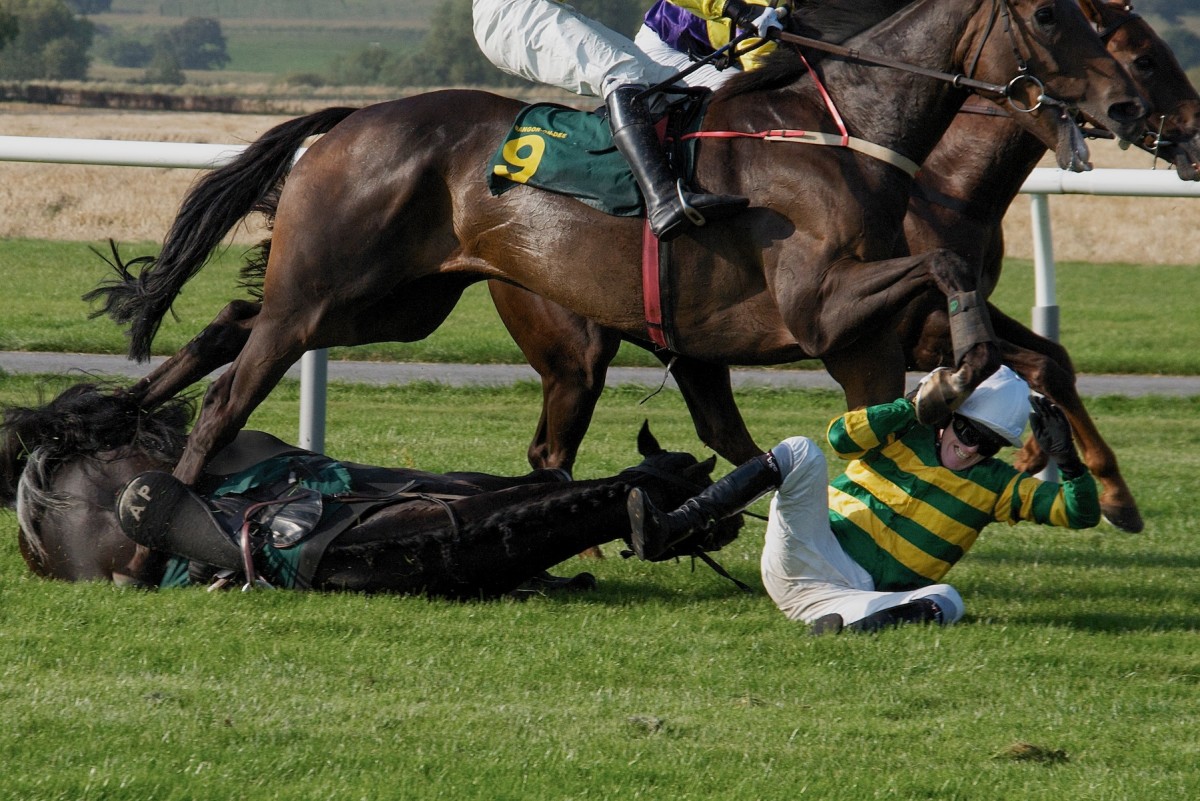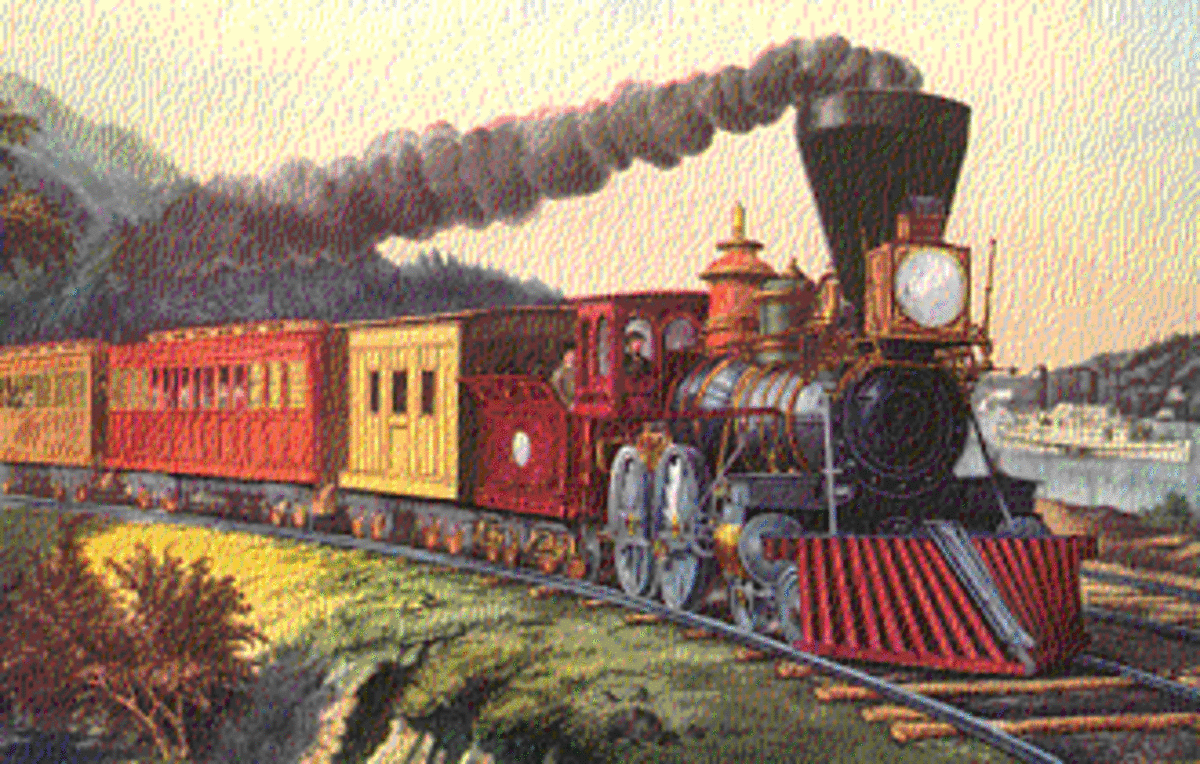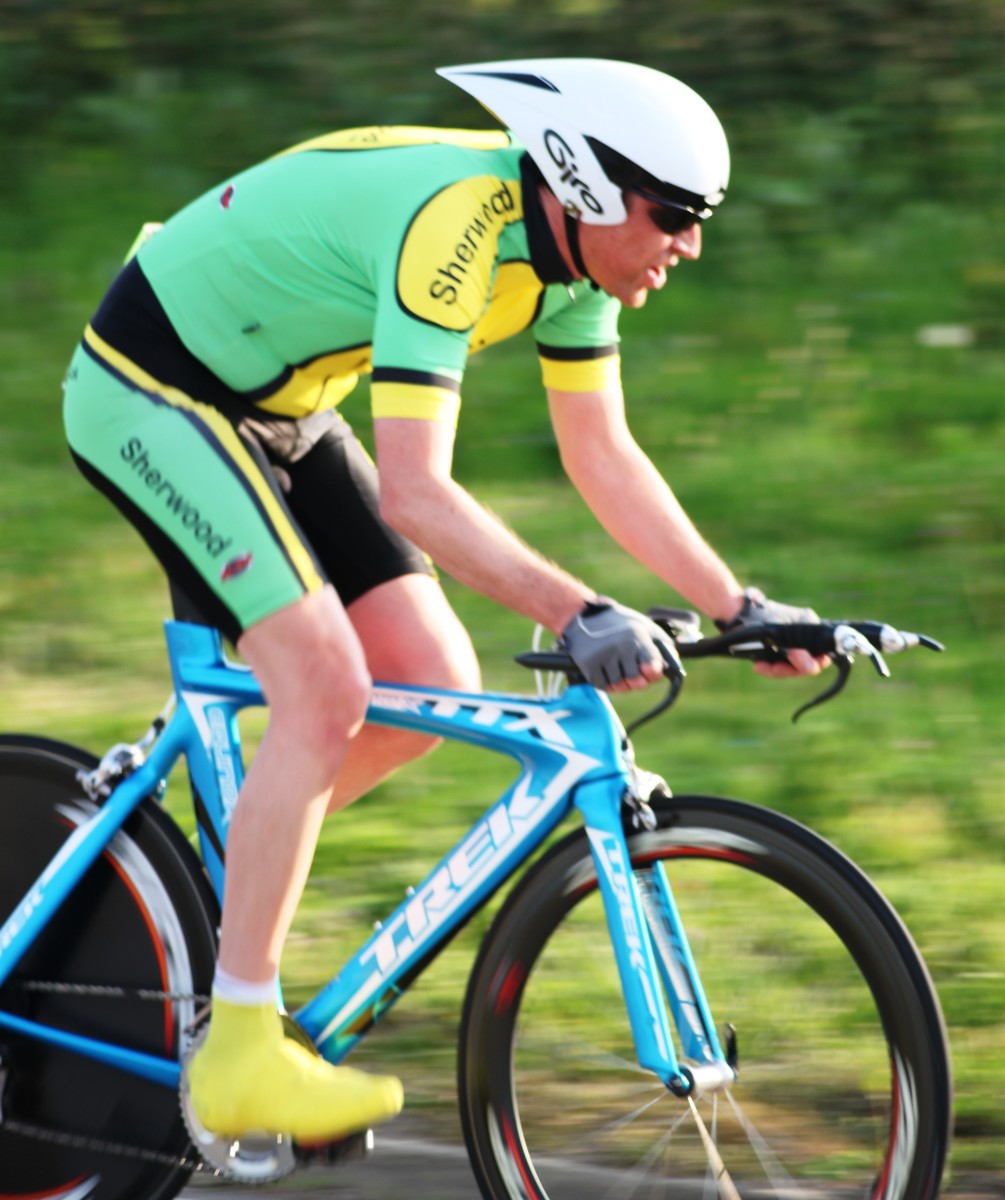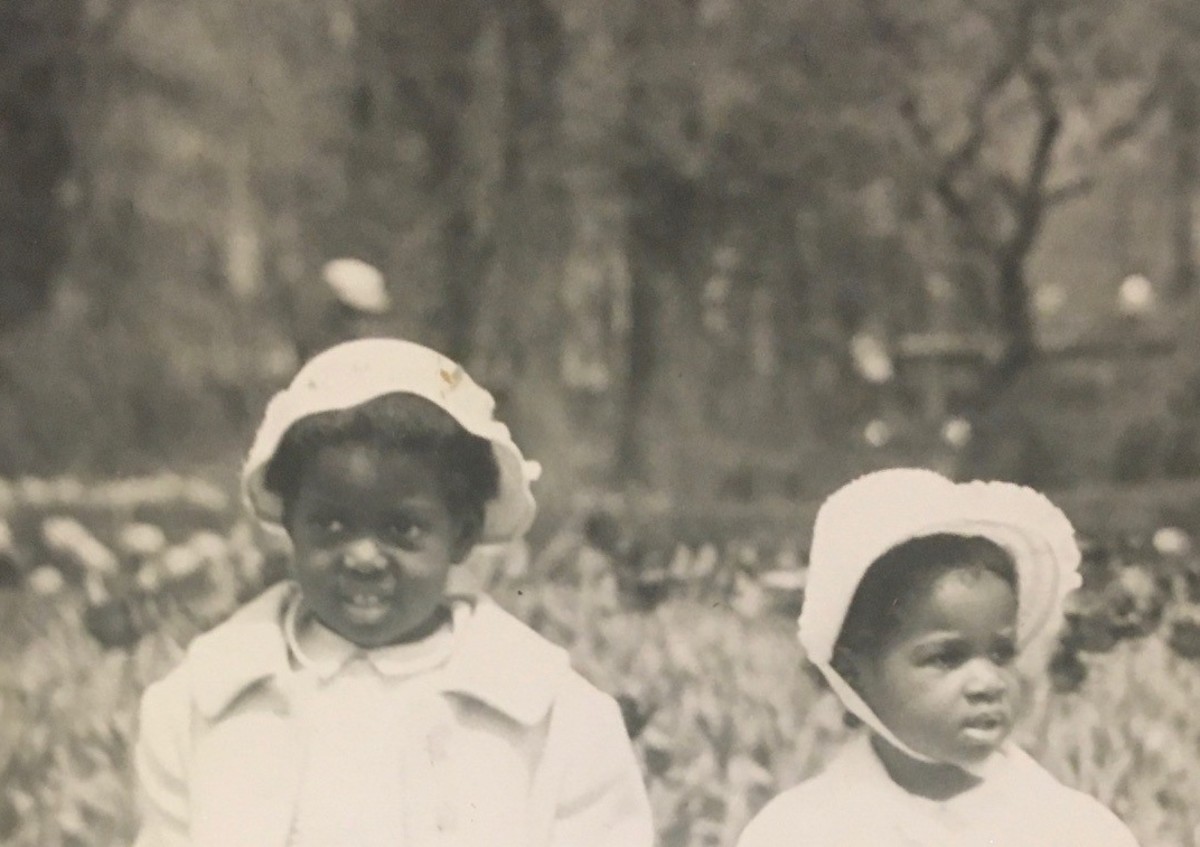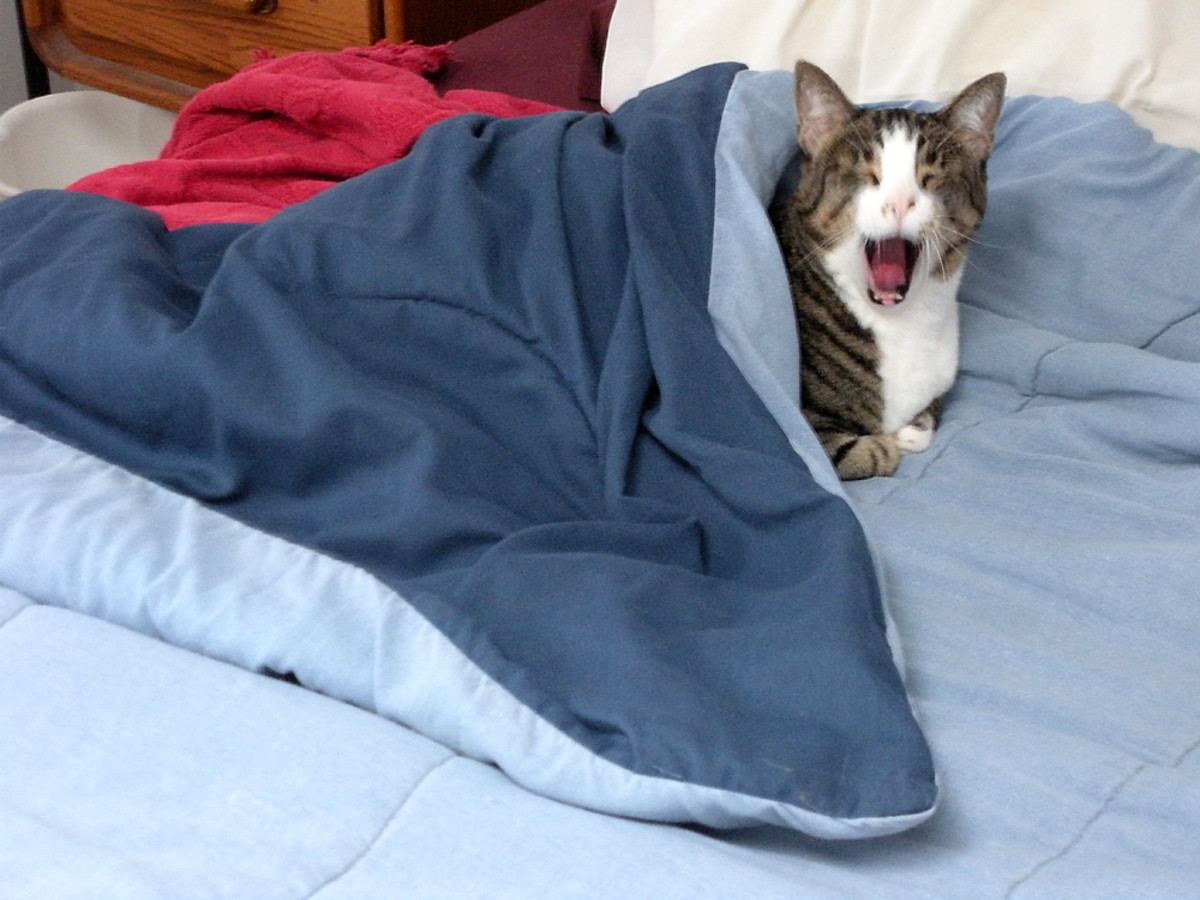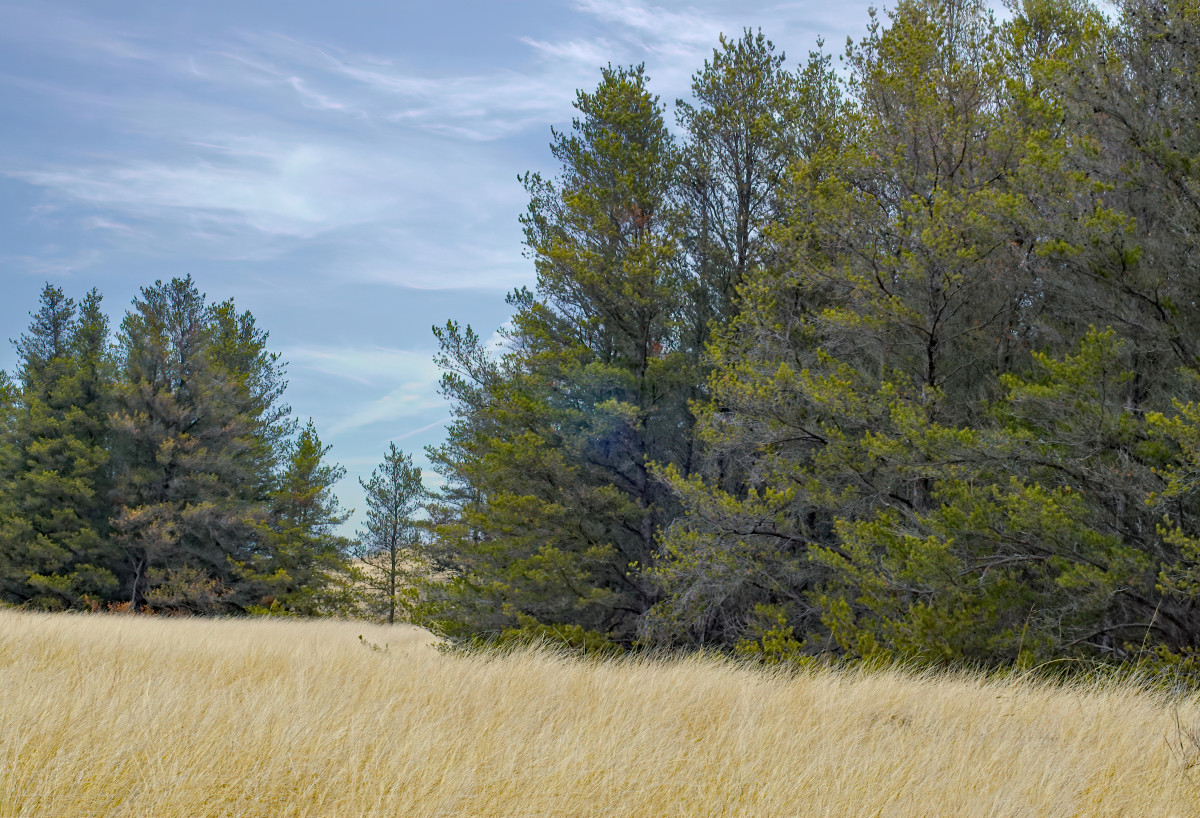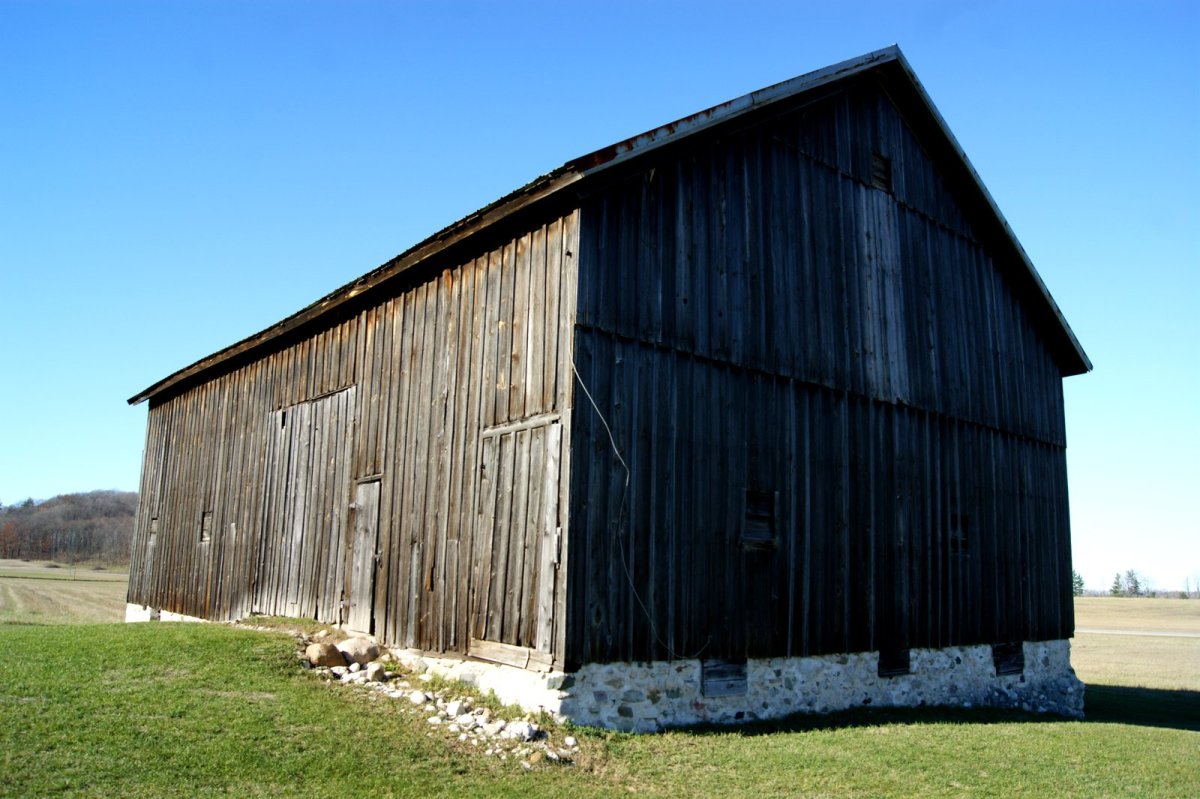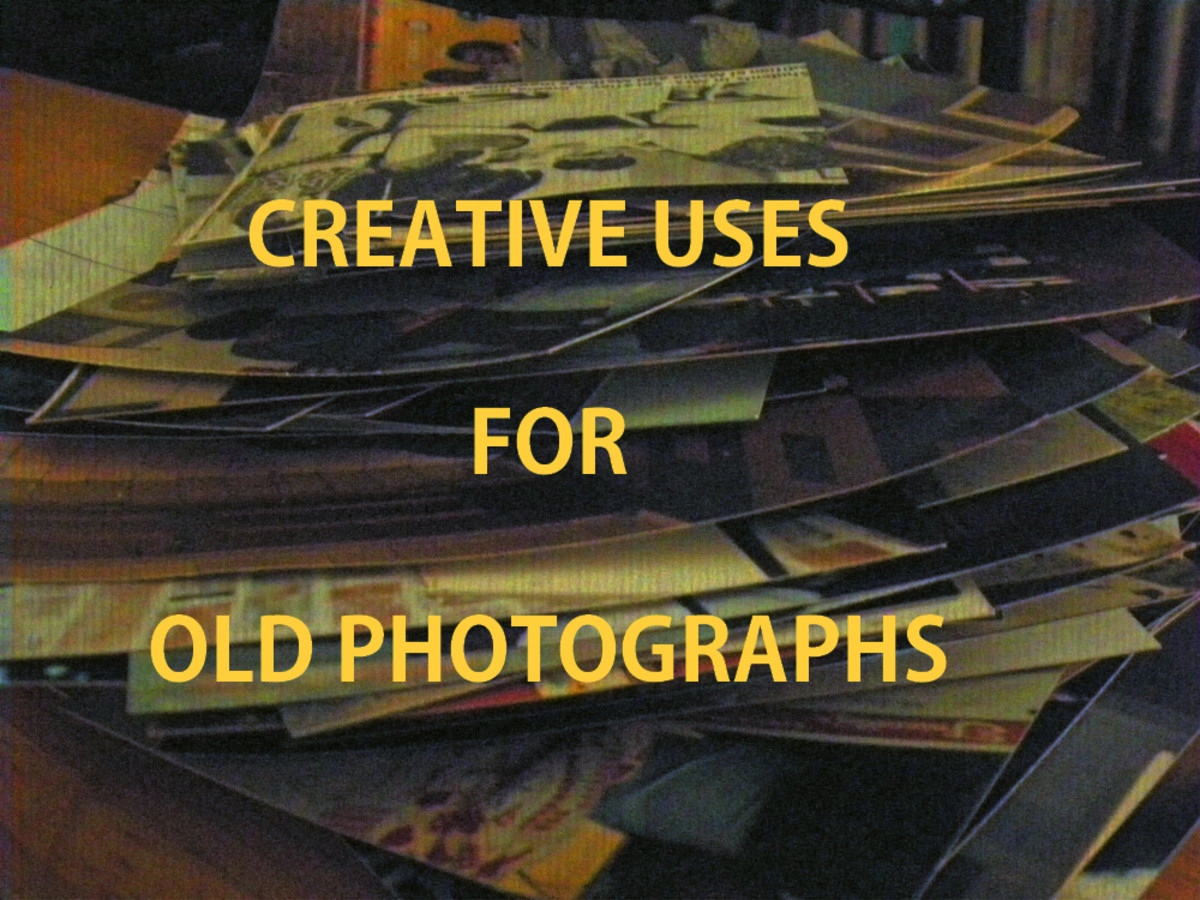How To Photograph Subjects In Museums
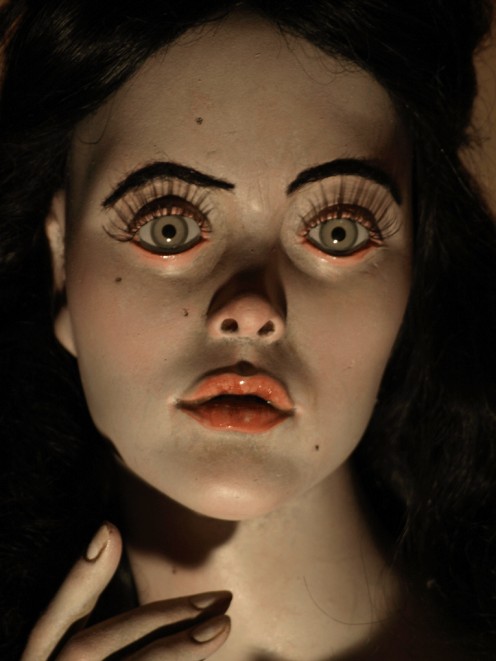
A few years ago I ventured to Salem Massachusetts in mid October when all of the festivities were being held. It was one of my favorite trips; saturated with culture and a rich history of New England and the well-known Salem Witch Trials. We camped on Winter Island, which is a beautiful little island that we are told the harbor never freezes in the winter. There was a walking path, a majestic lighthouse, a few beaches, the harbor and little historical markers like forts and underground dwellings. In town people left and right were dressed up in some sort of costume, and the shops offered trinkets of sorcery and wonder. Everything smelled like apple cider and incense, and everybody was incredibly friendly. The photography opportunities were endless, and I'm sure I could go back again and again and find new wonders to photograph.
While I was there I visited a wax museum; Salem House of Wax, which boasted wax artwork of the witch trials, maritime activities, politics and trade. Although I was not able to bring a tripod in with me, here are a few tips and tricks that I used to be able to photograph the wax artwork.
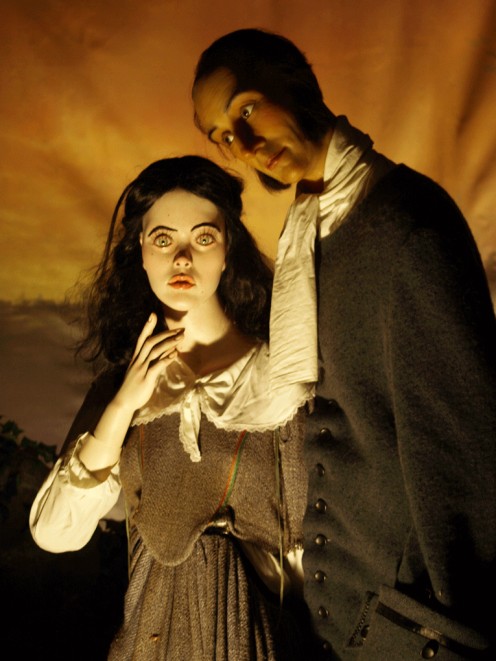
Always remember the basics of photography; remember your composition, your lighting and how you want to showcase your subject. In this case the lighting was poor, I was not allowed, nor did I want to use a flash and wax is a very different medium than skin. Harsh shadows were cast due to the overhead direct lighting on the figures, but while standing there and looking at it I realized it created an environment that cast the same feelings to the viewers: harsh shadows creating fear of the dark and unknown, direct overheard lighting to create a menacing feeling and poor lighting of the night. Remember to capture the emotion in your subjects, even if they are made of wax. Position them in your lens just as you would with a real human being, and capture their eyes and their expression. Capture the fear that overcame them in the historical times that molded our country.
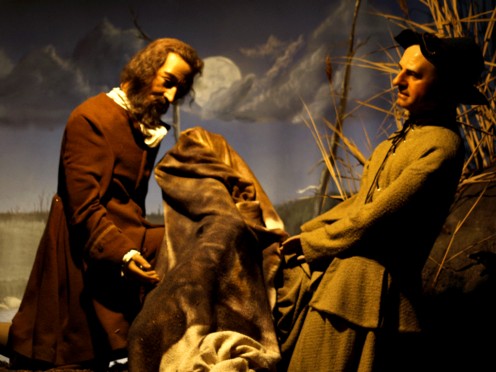
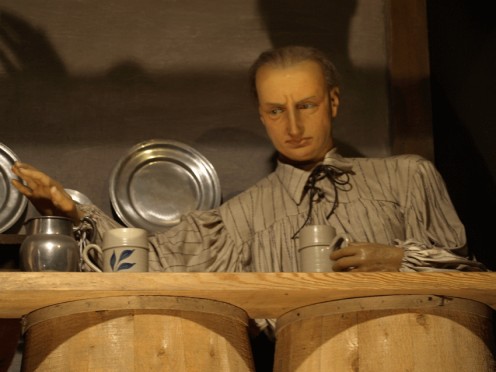
Capture action and movement within your still photograph. If the subjects are technically supposed to be in motion in their wax forms as it is, remember to follow the flow of movement with your camera. Position your camera in the same movement as the wax figures to complete the movement through your photograph. Remember; composition can create movement within your photographs, so be aware of where the figures are in your photo, and where they are meant to move to in the still image. Above, two figures are disposing of a body from the witch trials, deep into the dark of the night and quietly so nobody will hear them. The superstitions of witches hover over them, and deep down they too feel that this is a body of a demon witch. Under the moonlight and through the cornstalks they dispose of a wrongfully charged woman as easily as compost. Below that photo: a bar keep during maritime fills the steins and continues to serve the unruly sailors. Talk of pirates fill the bar room, as others break out in loud yelling matches and unnecessary sword fights. Throughout it all, he keeps a steady face, and a steadier pouring hand and shows no emotion with each new comment. He is responsible for the entire bar and its patrons which is never an easy task.
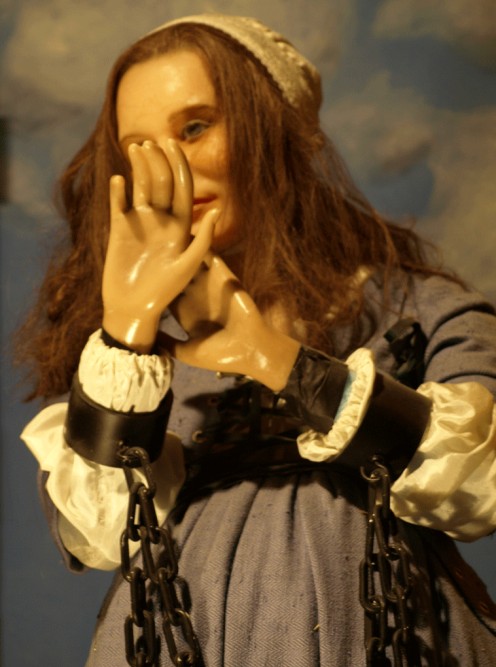
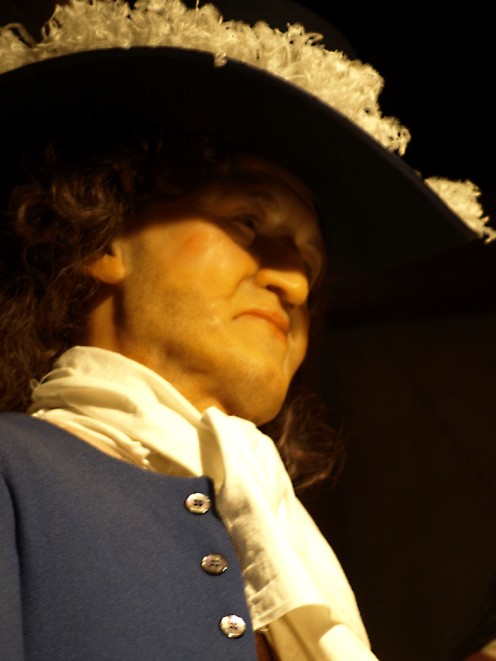
Capturing emotion does not mean you need to show the entire face. Hands covering the face for protection, or a hat casting a dark shadow only over the eyes can create an amazing story within a photograph. The trick is to show at least one eye, because as they say, the eyes are the path to the soul. For the best emotion in a photograph, you really need to capture the eyes in some way that tells their story. Facial expressions can tell a story by the way a mouth is pursed, or a jaw is held tight.
Although I could have chosen to take out the yellow haze in the photographs from the fluorescent lighting, I decided to keep it in the photographs. That was merely a personal choice, normally I would never make this choice. The dim poor lighting gave additional character to these photographs because it was relevant. In this time period, lighting was poor, and harsh shadows cast were a real thing due to candlesticks and fireplaces.
When I began walking around the wax museum, my first thought was how I was going to make these wax figures look like real people. After a while, I realized the wax gave the feeling in the photograph that I was looking for; people stolen from their lives yet frozen in time. I chose not to edit out glares or shiny places on the figures because I wanted it to look like wax.
Remember to always check with the establishments' rules for the use of tripods and flashes as well for if they even allow photographs. Although I was not able to use a tripod, I was able to stabilize myself against a wall for the longer exposures. Have fun with these photos; not only is it a great way to practice, but it is also preserving your personal travels.


